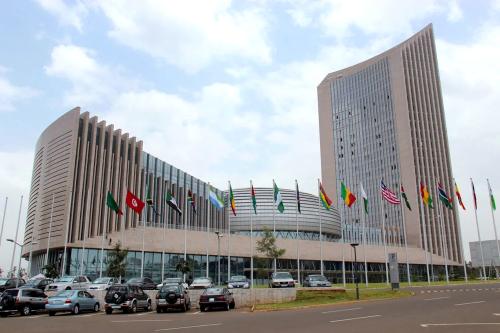Relations between the United States and Pakistan continue to deteriorate, as explained in newly released The Future of Pakistan (Brookings Press, 2011). The deadly NATO strikes launched against two Pakistani border posts earlier this week only aggravated the situation after a succession of crises that included the repatriation of CIA contractor Raymond Davis, the assassination of Osama Bin Laden, and the resignation of the Pakistani Ambassador in Washington following “memogate.” The latest news, that al Qaeda claims responsibility for the kidnapping of an American aid expert from his home in Lahore, will undoubtedly be followed by new shocks.
A break with the current uneasy alliance, punctuated by unfriendly and sometimes even hostile behavior, is now possible. There are now calls from Washington experts for containing Pakistan and even for attacking it with military force. On the Pakistani side, there may now be a calculation that a break with the United States is desirable, that Pakistan can get by without American economic and military aid, and that China and some of the Gulf states will fill the gap. So, the relationship could experience a major transformation, even before 2014, the date for ISAF’s withdrawal from Afghanistan.
Despite Pakistan’s troublesome qualities, it is too soon to think of a serious containment policy and the United States has no choice but to engage Pakistan. There are several reasons for this. First, to ensure a stable and secure Afghanistan, we require a cooperative and moderate regime in Islamabad. A modicum of success in Afghanistan may be unattainable if Pakistan decides that a break is in its own interest and that it will try to manage Afghan politics through its Taliban proxies. This is likely to lead to another civil war in Afghanistan.
Second, Pakistan’s own integrity is important. Already some peripheral regions in Pakistan have become a safe haven for extremist, separatist, and terrorist organizations. A failed Pakistan would only increase these actors’ capacity to further destabilize the region and operate internationally.
Finally, Pakistan is just too nuclear to fail. A recently retired Pakistani foreign minister has accused the present Pakistani government of irresponsible and dangerous practices regarding its nuclear weapons program; this may be political rhetoric, but the truth is that we do not know very much about the security and safety of Pakistan’s weapons beyond what the government of Pakistan tells us.
If the current scenario is worrisome, the future could be even worse. The most probable scenario is one of Pakistan muddling through a variety of rapidly deteriorating domestic socio-economic, political and regional security challenges. This is the main finding of The Future of Pakistan, which I co-authored with sixteen other experts on the country. We analyzed several variables to conclude that, over the next five years, Pakistan’s success as a stable state, measured along any dimension, is far from guaranteed. In fact, the normalization and stabilization of Pakistan remain doubtful as all important indicators suggest a continuous negative trend.
As I note in the preface to the book, Pakistan has become a state marinated in crisis and it will remain important for the indefinite future. From being one of America’s “most allied of allies” it has become one of America’s major foreign policy headaches. We’re going to struggle with a rapidly failing but not a failed Pakistan for the next four or five years, if not longer.
Instead of just making faces at Pakistan, there are at least two specific things we can do to ensure both a friendly and effective alliance, which would also reduce the probability of a failed Pakistan. First, the United States could offer Pakistan a civil nuclear cooperation agreement, as it did with India. It could also persuade it to join a new Asian nuclear restraint regime, together with the United States, India, China and North Korea. Both options would require a fundamental organizational reform of our national security apparatus for South Asia, which has inherited a Cold War mentality of treating Pakistan and India separately.
Second, in the long term, the United States should seek a change in the mind-set of the Pakistani establishment, that shadowy collection of soldiers, politicians, and bureaucrats that hold a hard line towards Pakistan’s neighbors, and, increasingly, towards the United States. The only viable “carrot” for Pakistan is to integrate it in a larger South Asian context, including India. The fact that India-Pakistan relations are now better than U.S.-Pakistan relations gives us hope that this transformation may yet come about before the conflict between these two states reaches the hundred-year mark in 2047.



Commentary
Pakistan: No Friend and a Fading Ally
December 5, 2011